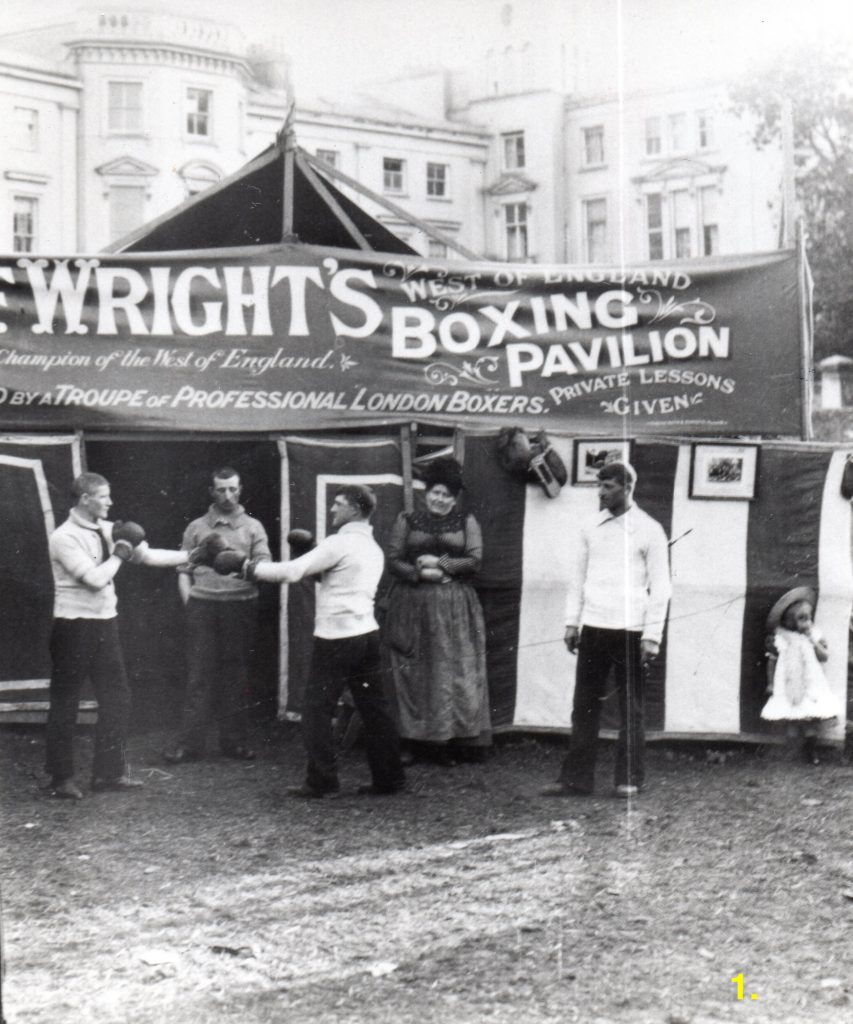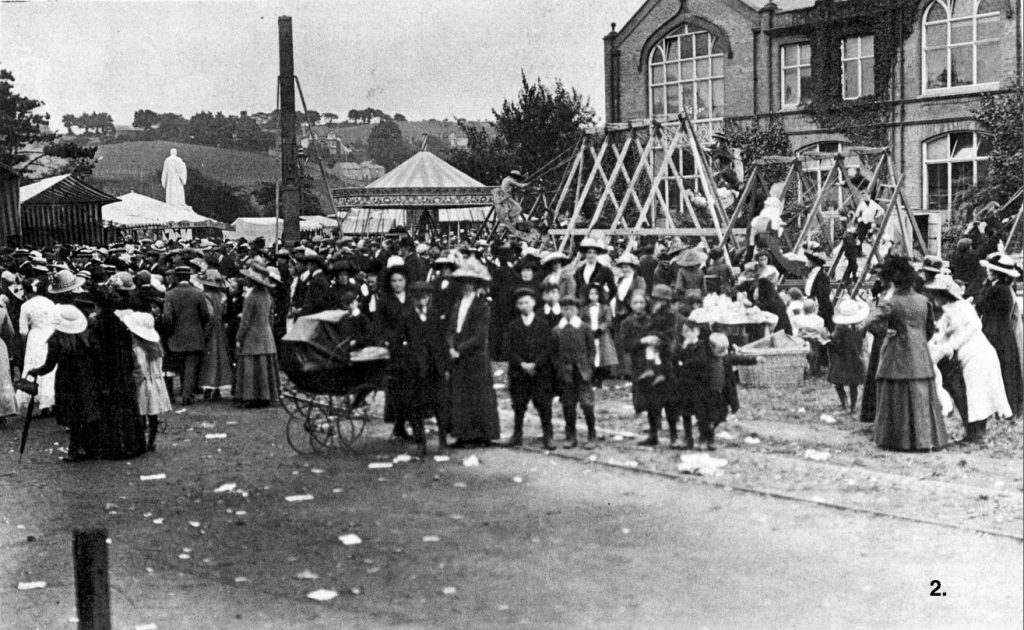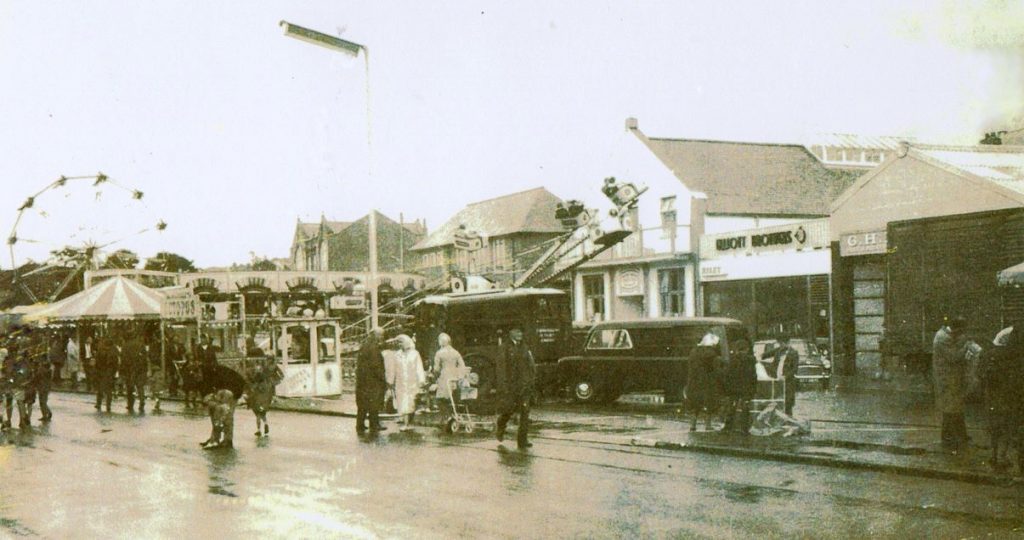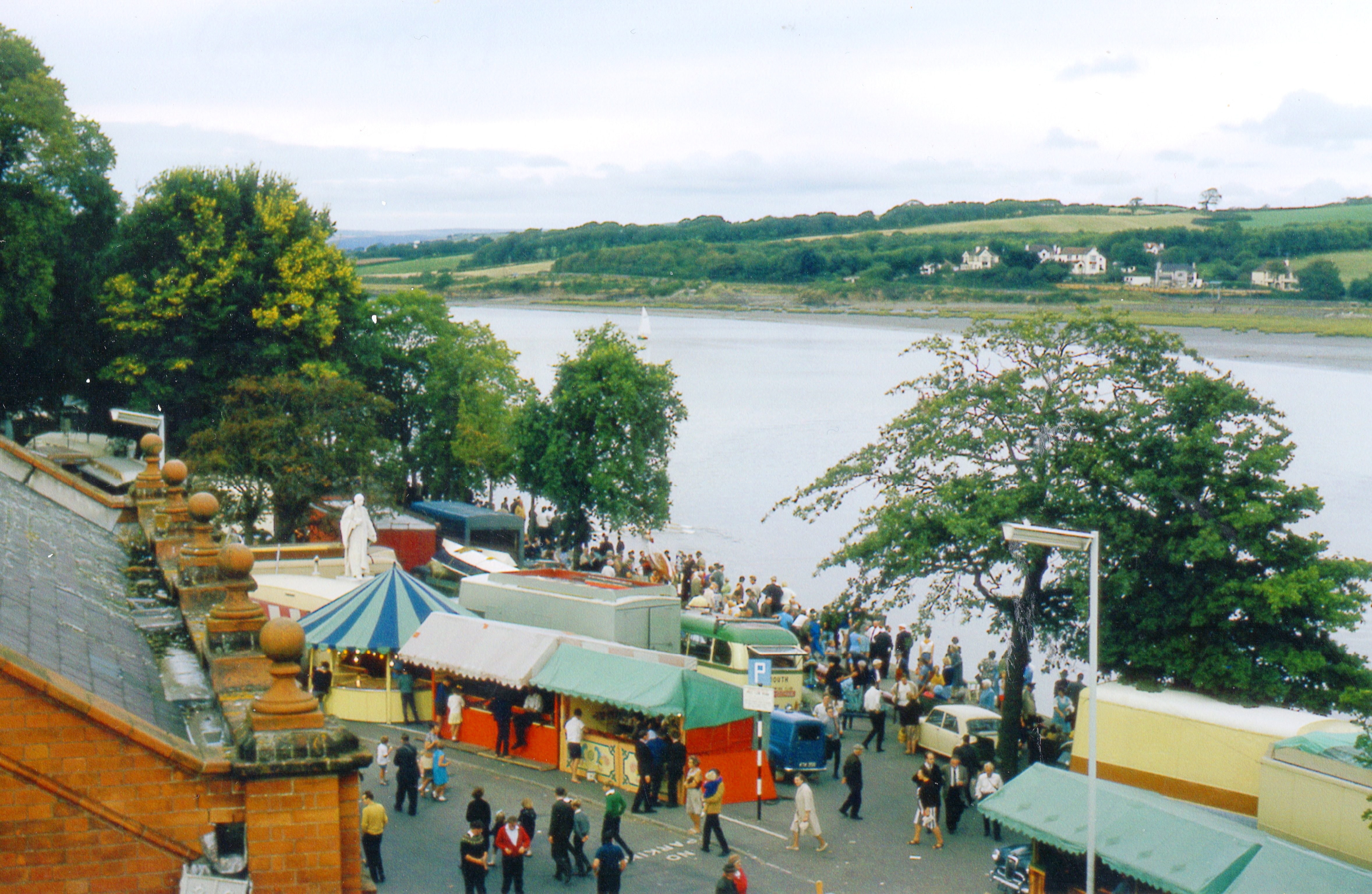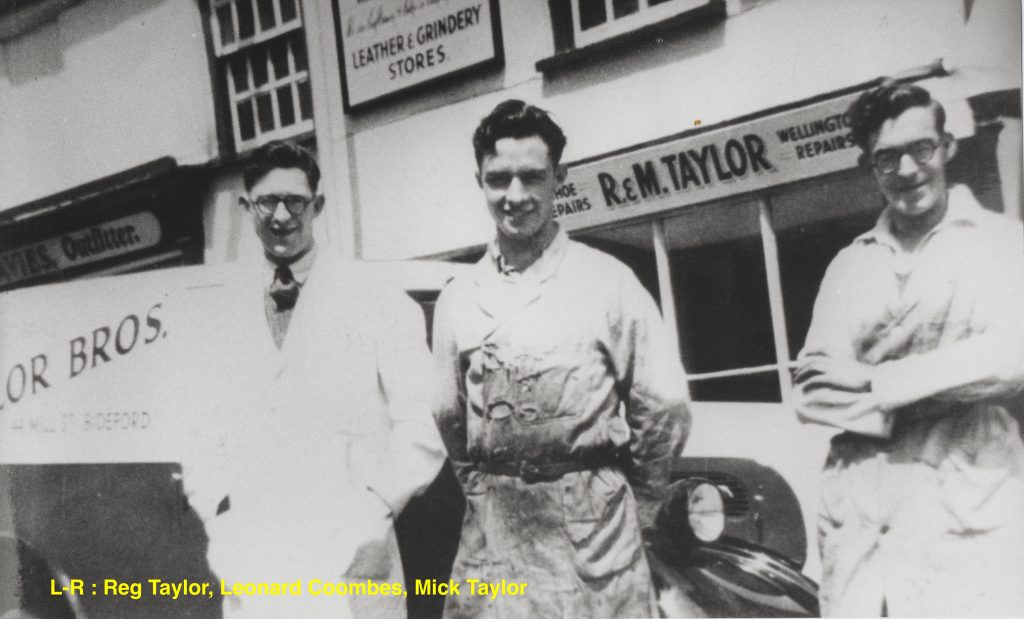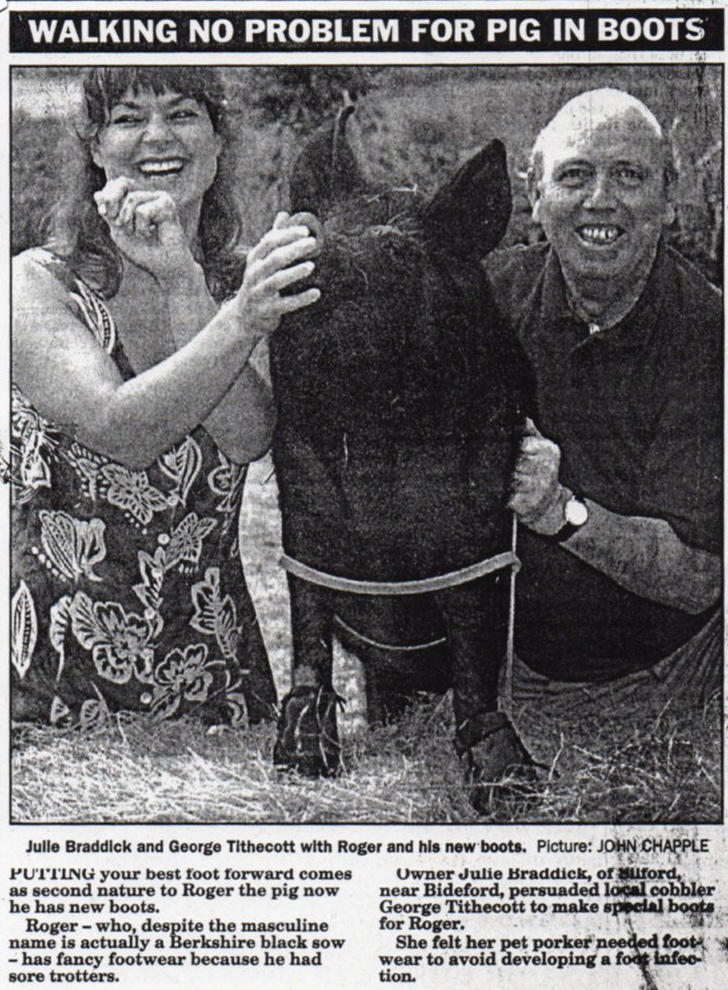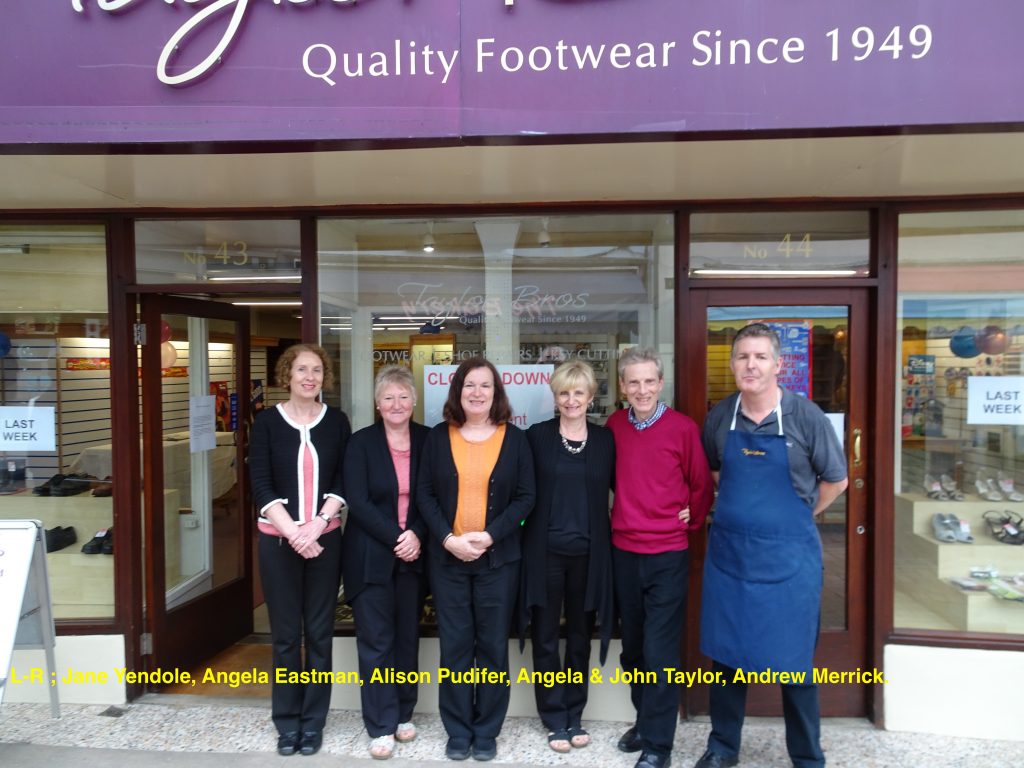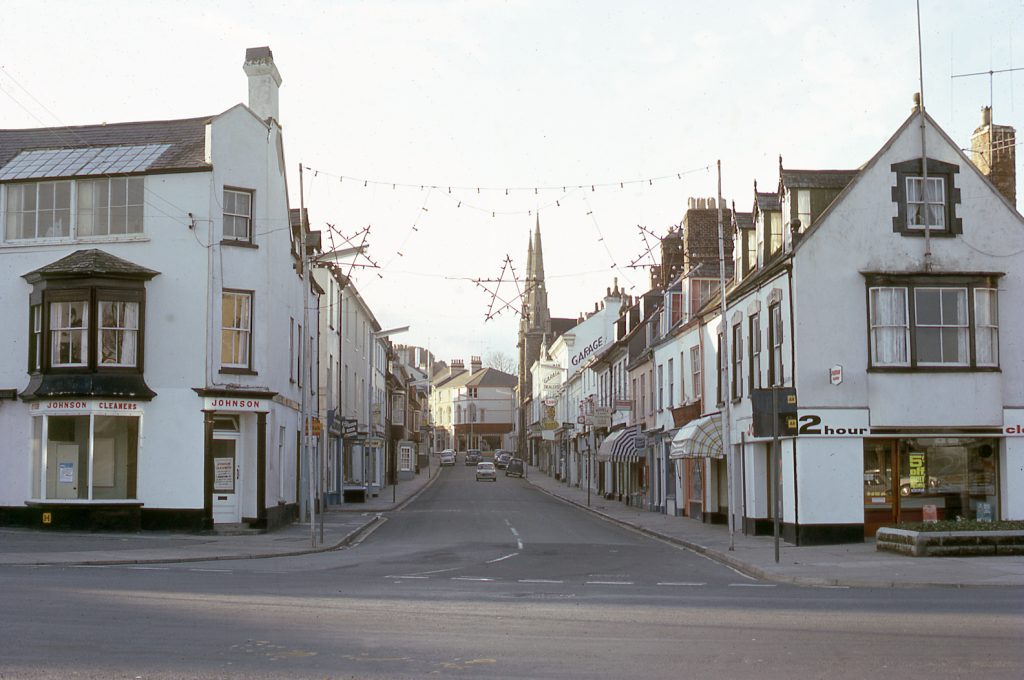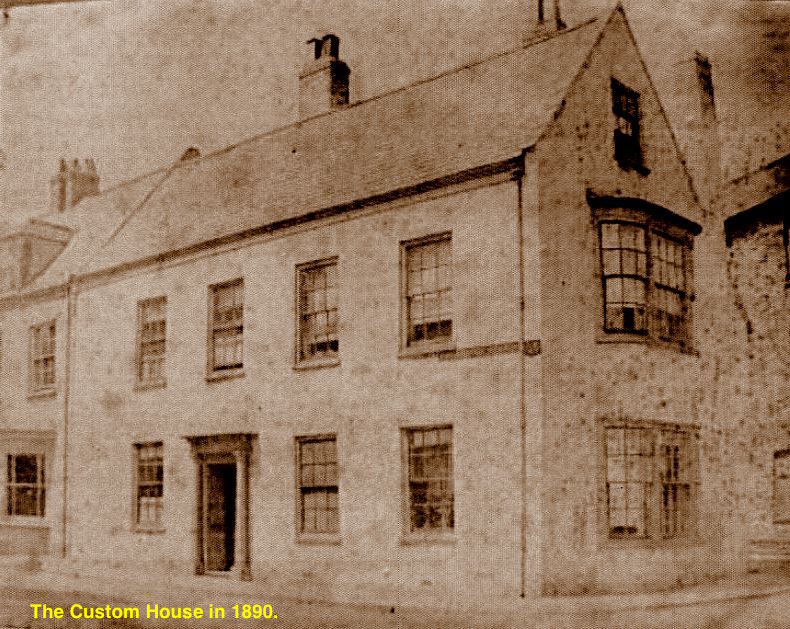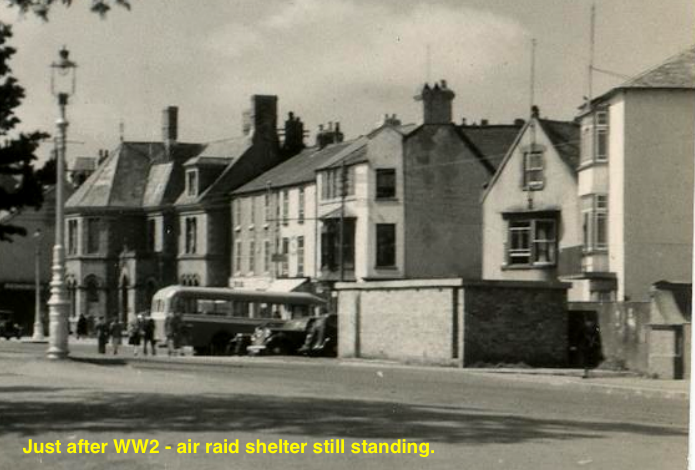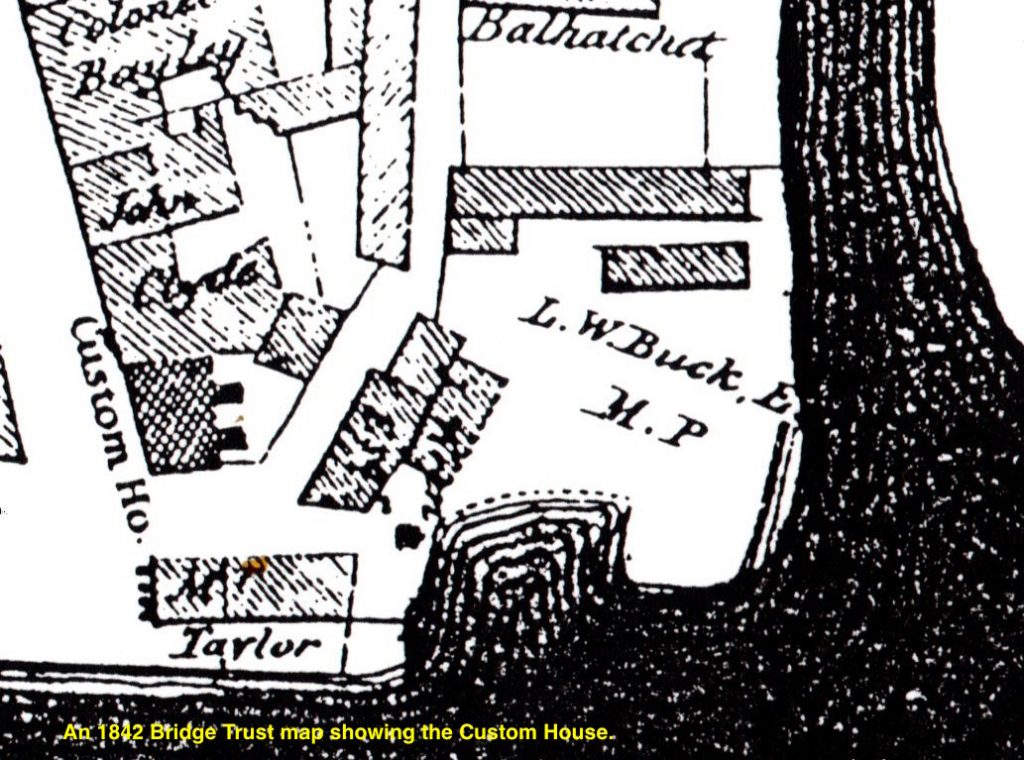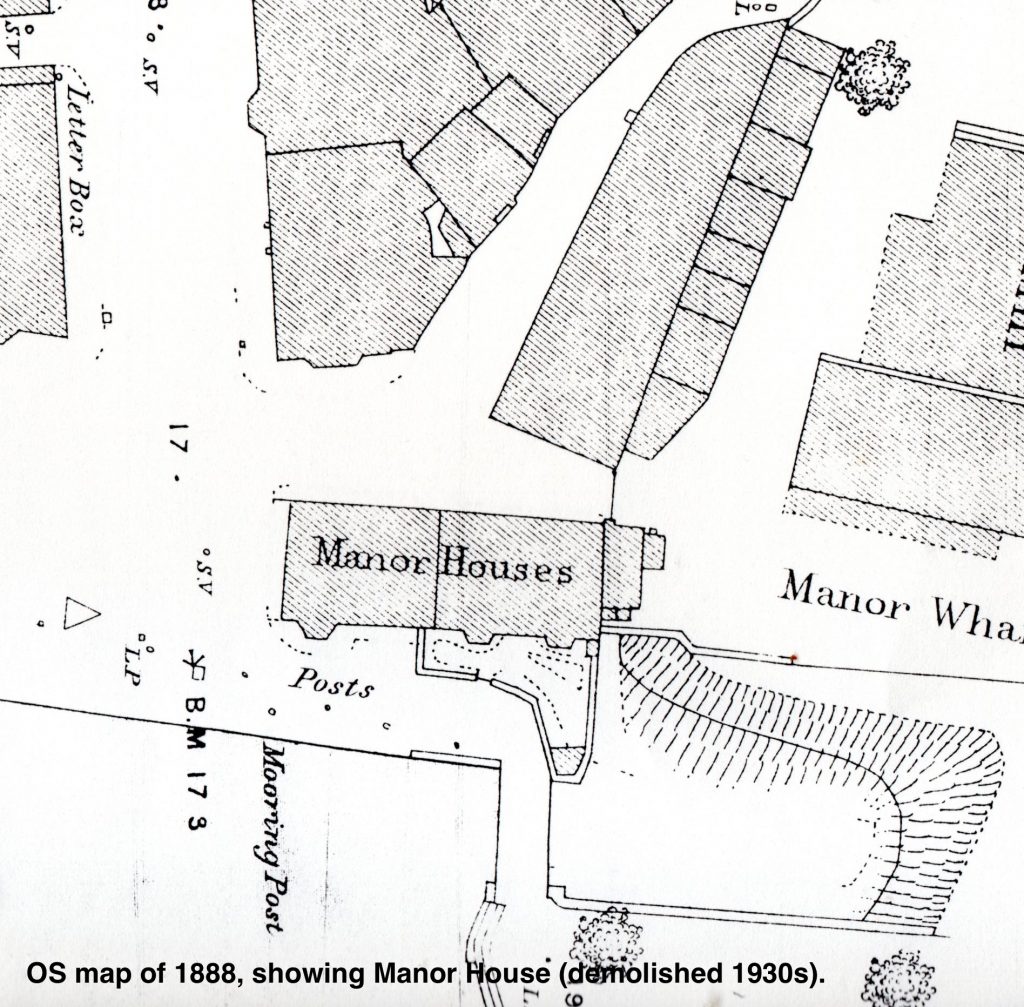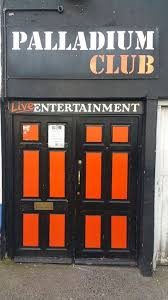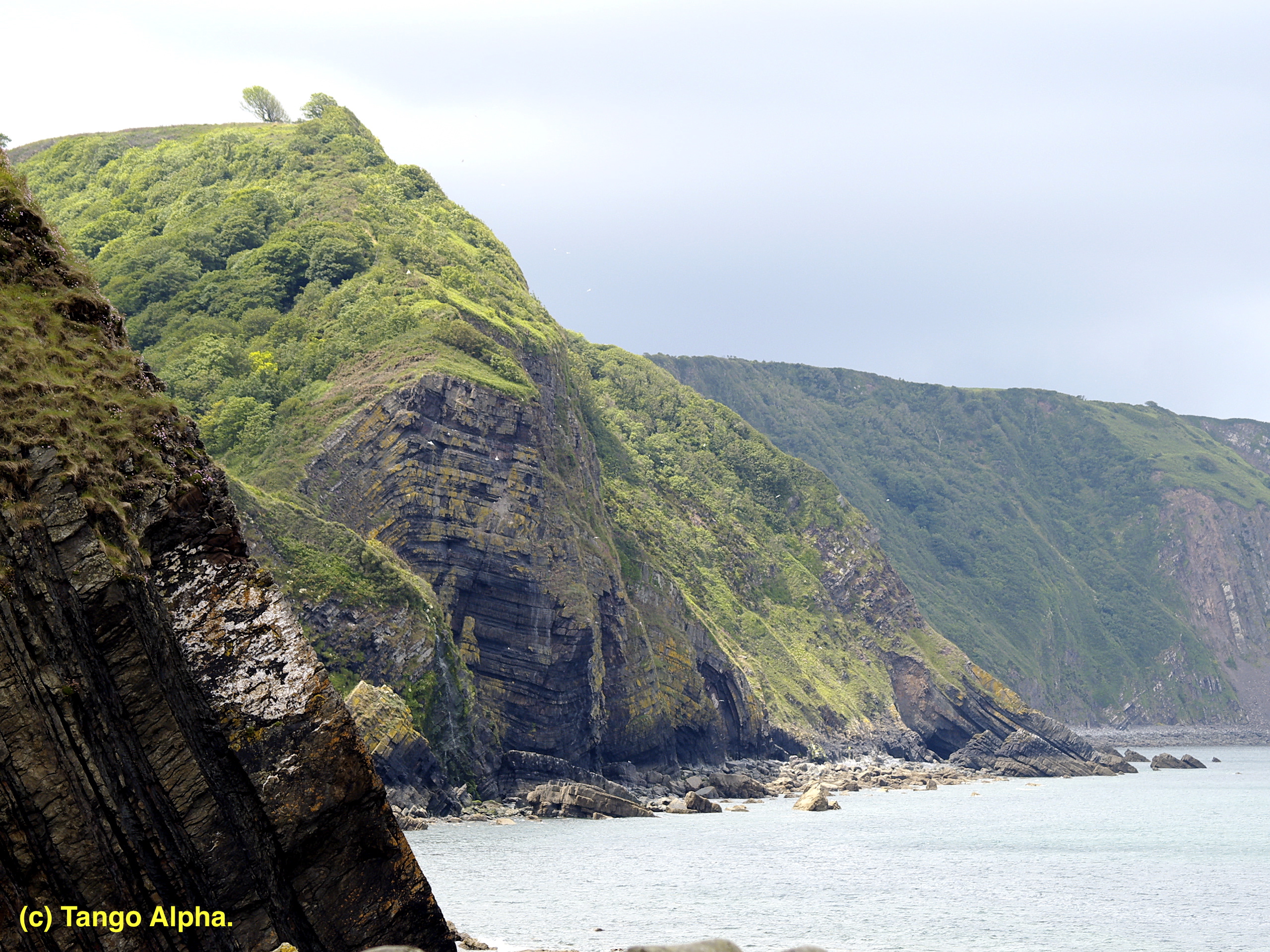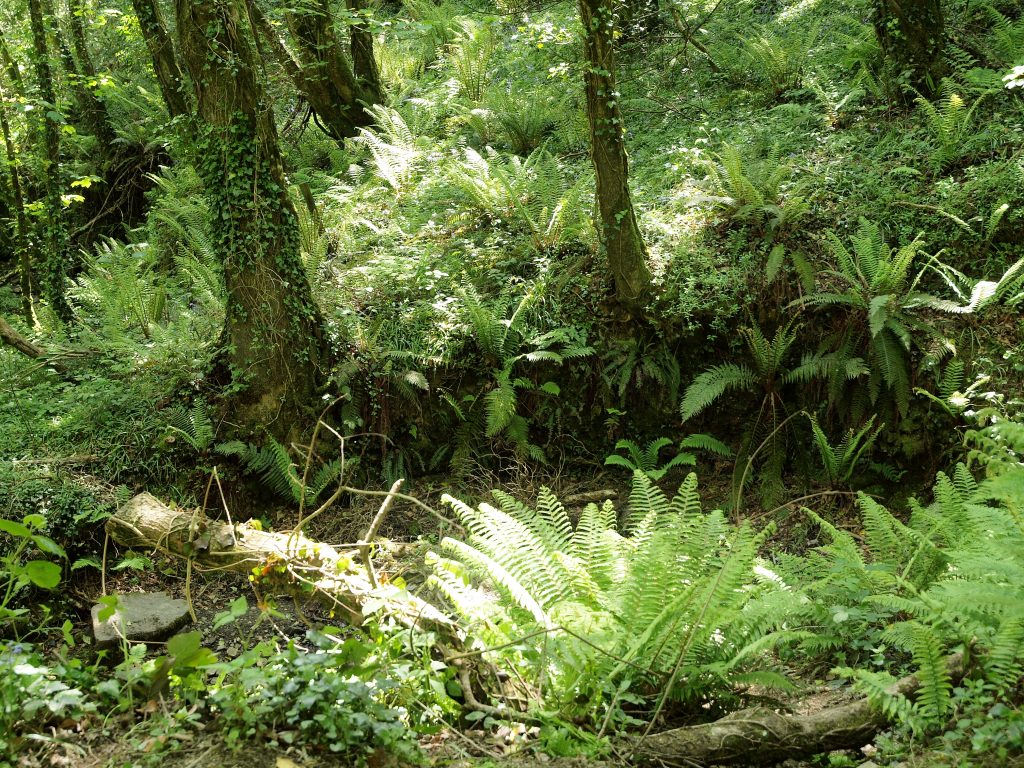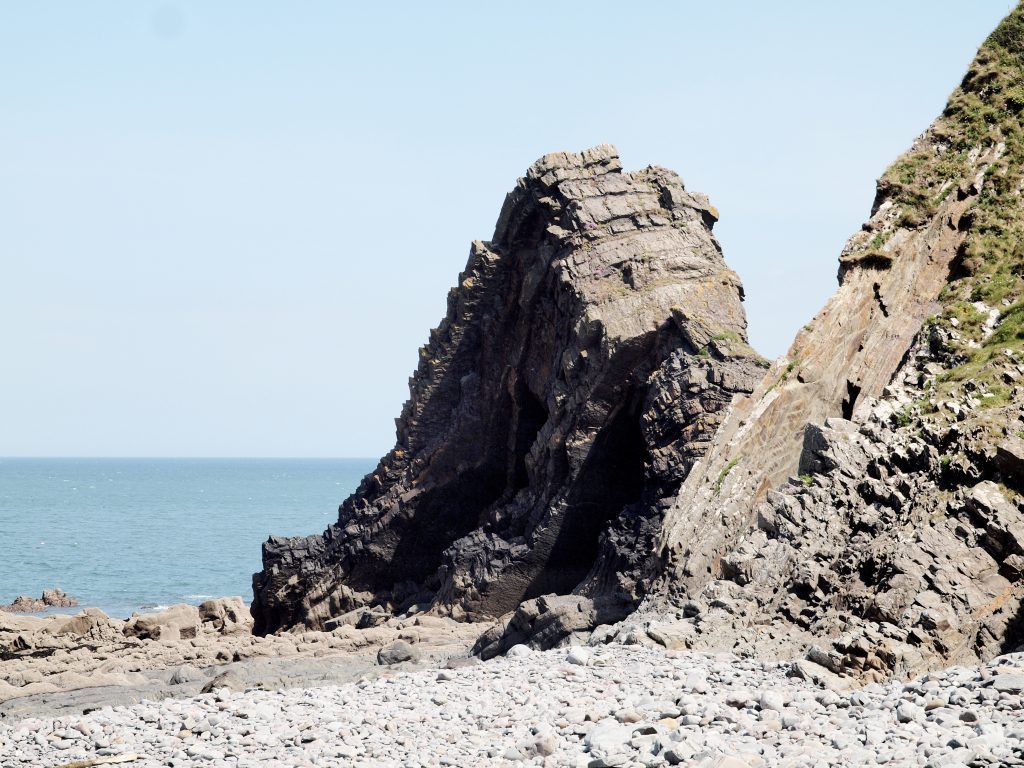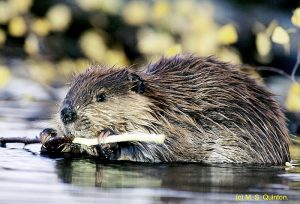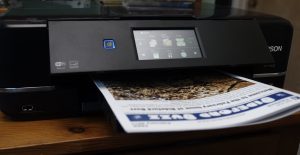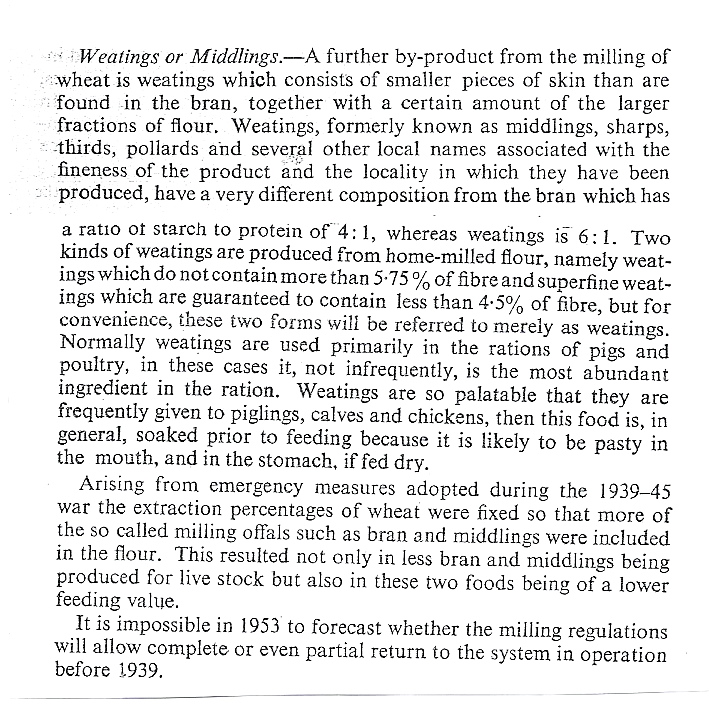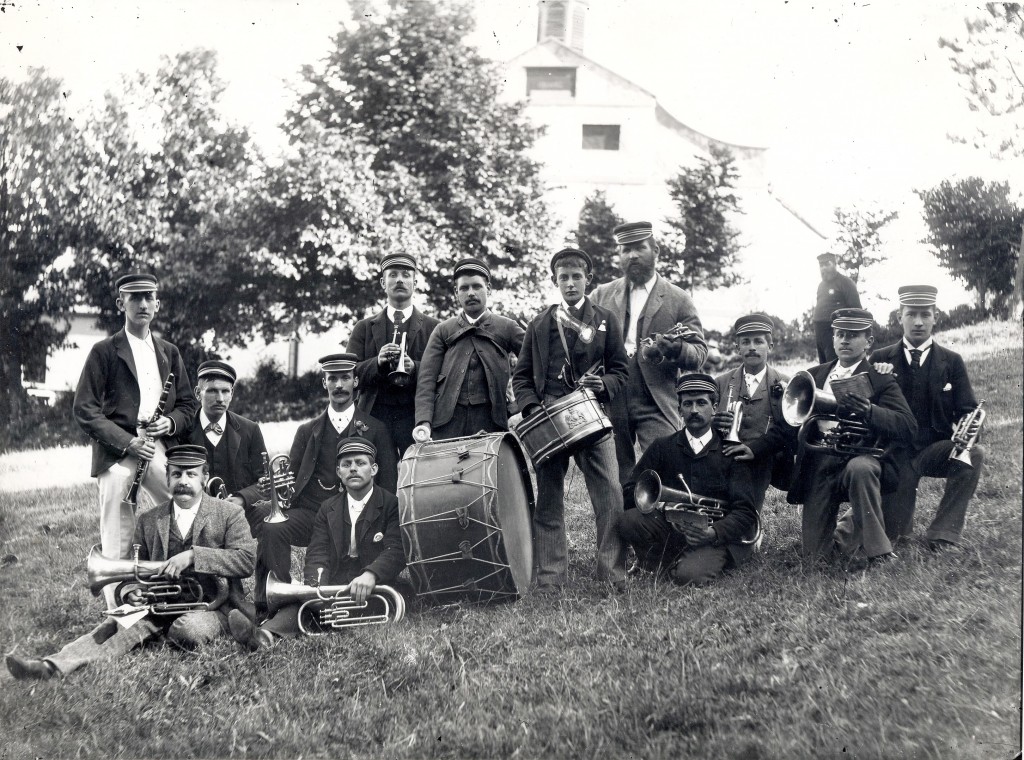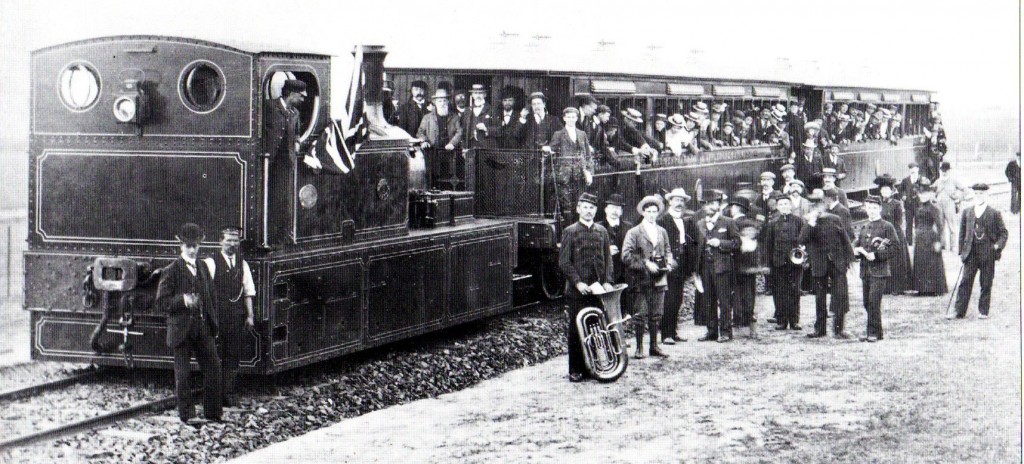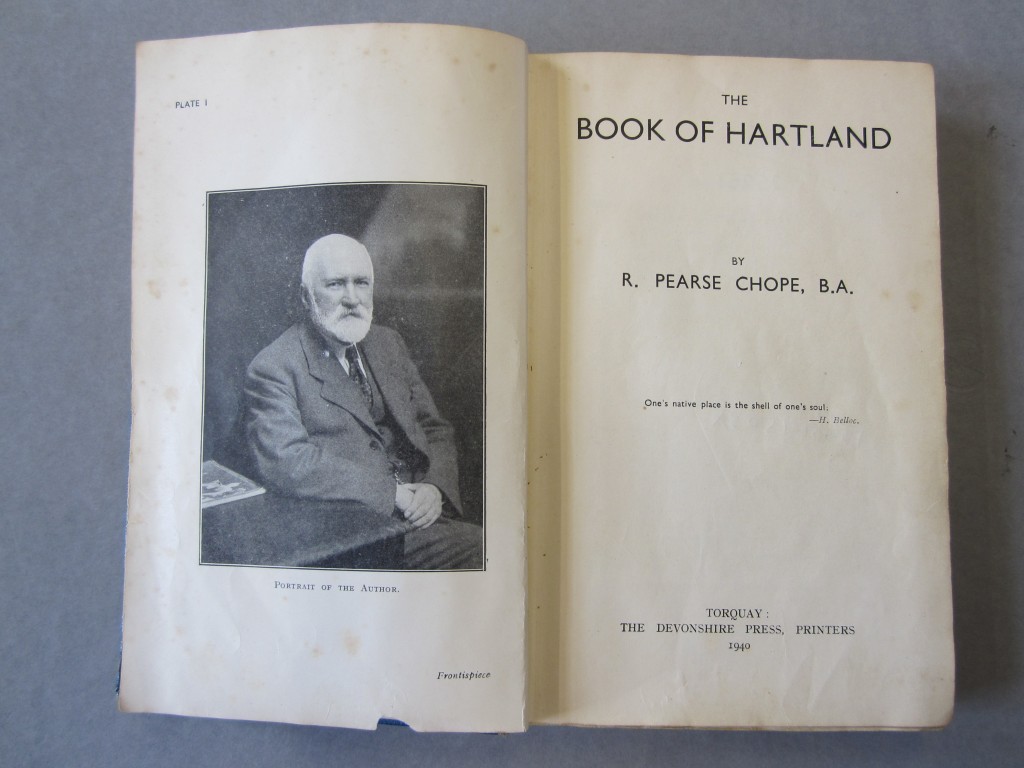“Buzz” was contacted in June by Roger Banfield of Scilly seeking information on the schooner “Vivid”, built in Bideford in 1851 (see Shipping Notes 136, July edition). Mr. Banfield undertakes maritime history research for his own interest, and also in support of the Isles of Scilly Museum.
He has now concluded his research on “Vivid”, and has sent us full details. In addition, he has provided details of another schooner, “Waterlily”, also built in Bideford, in 1841. “Buzz” is very grateful, particularly for his kind permission to publish his work in full.
These two monographs contain a wealth of detail on the ships, their histories, owners, voyages, crew, and also the history and background of their builders. They provide a fascinating snapshot of Bideford’s maritime past in the mid-nineteenth century.
Incidentally, Mr. Banfield has offered to help anyone researching the history of Scilly-built vessels. Any such enquiries (or comments on the article) can be sent via [email protected] and will be forwarded to him, or else leave a comment on this post.
“Vivid” – Schooner
Details of Ship:-
Built: 1851
Type: Schooner.
Dimensions: Length: 81.0 ft. Beam: 20.1 ft. Depth of Hold: 13.1 ft.
Tonnage: 131 tons (12years A1) (tonnage varied between 117 tons to 131 tons)
Builder: Thomas Waters, Cross Park, Bideford, Devon (In business from 1845 – 1873, see details below)
Owners: 1852 – 1860, Lebrey & Co. (Possibly Ann Banfield)
1861 – 1869, Possibly W. Nicholson
1867, William Burnyeat of Whitehaven
1880 – 1881, J. Graham, registered at Whitehaven.
Captains: 1851 – 1853, Lakey (possibly Edmund Lakey b. 1821) (Interestingly, there was a vessel called the “Vivid” built in Scilly in 1843, which was abandoned on 1st April 1851, and lost. The same captain then took over the “Vivid” that was built in Bideford).
1852 – 1860, E. Lebrey.
1861 – 1869, Possibly N. Beck
1863, Britton
1864 – 1865, Capt. Clegg
1880, Capt. J. Mayes.
Trade: Coastal & Foreign: Bideford, Mediterranean, Scilly, New York, Palermo, Bristol, Cardiff, Falmouth, Hamburg, Antwerp, Marseilles, Smyrna, Jamaica, London, Holyhead, Whitehaven, Dublin, Pomaron, Gloucester, Belfast, Liverpool, Messina, Pomaron.
Cargo: 1852, Coffee
1863, Oil.
1864, 1879, Iron ore.
1870, Bricks.
Port of Registry: 1852 – 1860, Scilly
1861 – 1869, Whitehaven
1880, Whitehaven.
Port of Survey: 1852 – 1860, Bideford
1861 – 1869, Whitehaven.
Signal: K.G.S.B.
Official No.: 9301
Demise: Wreck reported in the Times newspaper, Saturday, 5th March, 1881, page 12: ‘A small schooner was wrecked yesterday morning on Longness, Isle of Man, all hands drowned. A piece of a vessel marked “Vivid”, schooner, of Whitehaven, 117 tons register, has been picked up’.
1851, Seamen’s Crewlists for Cornwall:-
Browne Edward
Current Ship: VIVID of Scilly, Trade: Foreign
Age: 21
Born: Kingstown Ticket No: 241218
Seaman
Date Joined: 11 Aug 1851 Place Joined: Bideford
Ellis James
Current Ship: VIVID of Scilly, Trade: Foreign
Age:
Ticket No: 194996
Apprentice
Date Joined: 11 Aug 1851 Place Joined: Indentured at Bideford
Lakey Charles
Current Ship: VIVID of Scilly Trade: Foreign
Age: 22
Born: Scilly Ticket No: 157377
Seaman
Date Joined: 11 Aug 1851 Place Joined: Bideford
Penrose William P
Current Ship: VIVID of Scilly Trade: Foreign
Age: 20
Ticket No: 490017
Seaman
Date Joined: 10 Sep 1851 Place Joined: Cardiff
CROSS PARK, BIDEFORD, DEVON (Thomas Waters):-
Source: “Ship Building in North Devon” by Grahame Farr. Maritime monographs and reports No. 22 – 1976.
The next building site, as we follow the river Torridge bank, is Cross Park, the downstream part of East-the-Water facing the town of Bideford. Several builders are described as of Cross Park and dates indicate the presence of at least two yards. Before dealing with the yards in the Port of Bideford, however, it must be explained that with a number of builders the precise location of their yards is unknown. They could have been anywhere in the Port. Others are known to have been at Appledore but the information necessary to pinpoint their yards has not been discovered.
CROSS PARK. Known builders at Cross Park begin with William Heard, who built the 15-ton sloop “Ville de Paris”, in 1793. This is an unexpected name when one considers the French declared war on Britain on 1 February in that year, beginning the First French Revolutionary War.
William Taylor was a prolific builder between 1802-30 and at least 37 vessels of his can be named.
William Brook built at another East-the-Water yard from about 1824 to 1843. An old map in Bideford Museum, dated 1842, shows it to have been the northernmost property save one below Bideford Bridge. The property beyond was Lake’s Limekiln, which can still be seen. The earliest vessel traced to Brook is the brigantine “Apollo”, 179 tons, of 1824, a Mediterranean trader. A total of seventeen can be listed and his last was the largest – the barque “Alice Maud”, 464 tons. In 1839 Brook had a contretemps with Thomas Corey, a Bristol shipowner, who alleged the barque “Milford”, 325 tons, was six months late on delivery. In fact Corey brought a tug from Bristol to fetch the vessel, but later denied he had taken her by force. The press reports are interesting in that they quote the contract price for the vessel – £2,752 7s. Such figures are difficult to ascertain in the absence of surviving company books.
William Brook fell ill in 1843 and died three years later, aged 51. In 1844 his yard was taken over by Thomas Waters – probably the same who was building ships at Clovelly from about 1827 to 1840. His first vessel at Cross Park was the sloop “Ebenezer”, 22 tons, in 1845. Other small craft followed, but in 1854 he built on speculation a barque which bore the temporary name of “Chieftain”, apparently his only venture above the 200 tons category. Soon after her launch she was bought by Thomas Evans, a local shipowner (probably in fact the former shipbuilder at Cleave House) who registered her as “Ellen Sophia”, but sold her on the very next day to Edward Fernandez, of Instow.
During 1857-9 William Waters signed three builder’s certificates, for the “Fairy”, Leader” and “St. Germans”, which probably indicates he was the son of Thomas. William seems to have branched out on his own in 1860 and built two schooners at the Sea Locks yard ‘above bridge.’ Thomas continued at Cross Park until 1873 and died two years later. Twenty-four vessels can be identified with his yard.
CLOVELLY. The only place in North Devon, west of the Torridge, where shipbuilding has been practiced on a commercial scale is Clovelly. There are several builders listed from 1801 to 1818.
We next find Richard Mill and Thomas Waters building the fishing smack “Ranger”, 30 tons. Vernon Boyle quoted the Exeter Gazette, October 1827, reporting the launch:-
‘Nearly the whole of the population ws on the beach and quay and all the fishing boats were tastefully decorated, not with colours flying, but with herrings and other fish suspended from poles and waving gracefully in the air, which was rent with the shouts of the multitudes when the “Ranger” glided gracefully into briny deep.’
Thomas Waters later built several sloops and smacks at Clovelly, and in 1840 the schooner “Providence” was attributed to John Waters, but this might be a mistake. The “Providence”, almost 60 ft long and of 76 tons register must have been difficult to launch down this exposed beach. By 1845 Thomas Waters was building ships at Cross Park, Bideford, as we have already seen.
_____________________________
“ Waterlily ” – Schooner
Details of Ship:-
Built: 1841.
Type: Schooner.
Tonnage: 84 tons (Lloyd’s Register of 1850)
Builder: Robert Johnson, East-the-Water, Bideford, Devon.
12 yrs. A1.
(see below for full details on Robert Johnson)
Measurement: Length: 59.4 ft. Beam: 16.2 ft.
Owners: 1842 – 1849, Williams.
1850 – 1852, Bastian & Co., Scilly. Harry Weymouth & S. Davies.
Captains: 1842 – 1843, C. Burtt.
1843 – 1849, T. Major.
1850, Francis Bastion
1851 – 1852, J. Bastion
Trade: Foreign. 1842, Bideford, Swansea, London.
1843, London to Bideford.
1850 – 1852, Liverpool to Mediterranean.
St. John’s, Newfoundland, Oporto, Boston, Falmouth, Scilly.
Registered: 1843 – 1849, Bideford.
1850 – 1852, Scilly.
Signal:
Official No.:
Demise: 17.4.1852, Source: Daily News.:-
SHIPPING INTELLIGENCE.
CASUALTIES. “Waterlily”, Bastian, sailed from St. John’s, Newfoundland, Dec. 17, for Zante, and has not since been heard of.
1851, Crew List:-
Ashford James
Current Ship: WATERLILY of Scilly Trade: Foreign
Age: 30
Born: St Martins Scilly Ticket No: 68417
Seaman
Date Joined: 06 May 1851 Place Joined: Liverpool
Previous Ship: EXPRESS of Scilly
BT 98/: 2703
Bastian Francis
Current Ship: WATERLILY of Scilly Trade: Foreign
Age: 33
Ticket No: 50704
Master
Date Joined: 06 May 1851 Place Joined: Liverpool
Previous Ship: WATERLILY of Scilly
BT 98/: 2703
Clarke James
Current Ship: WATERLILY of Scilly Trade: Foreign
Age: 17
Ticket No: 500495
Cook & Seaman
Date Joined: 06 May 1851 Place Joined: Liverpool
Date Left: 22 Jul 1851 Place Left: London
Previous Ship: SLANEY of Belfast
BT 98/: 2703
Ellis Edwin C
Current Ship: WATERLILY of Scilly
Age: 23
Born: Scilly Ticket No: 71603
Mate
Date Joined: 05 Sep 1851 Place Joined: Scilly
Previous Ship: MINERVA of Scilly
Comments: MT 70089
BT 98/: 2703
Ellis Samuel
Current Ship: WATERLILY of Scilly
Age: 27
Born: Scilly Ticket No: 247188
Mate
Date Joined: 12 May 1851 Place Joined: Scilly
Date Left: 22 Jul 1851 Place Left: London Why Left: Discharged
Previous Ship: VESPER of Scilly
Comments: MT 58817
BT 98/: 2703
Hocking William
Current Ship: WATERLILY of Scilly, Trade: Foreign
Age: 27
Born: Falmouth Ticket No: 296319
Seaman
Date Joined: 06 May 1851 Place Joined: Liverpool
Date Left: 22 Jul 1851 Place Left: London Discharged
Previous Ship: CORK PACKET of Fowey
BT 98/: 2703
Parrott Thomas
Current Ship: WATERLILY of Scilly, Trade: Foreign
Age: 20
Born: Llanelly Ticket No: 480108
Seaman
Date Joined: 05 Sep 1851 Place Joined: Scilly
Previous Ship: ANN of Southampton
Comments:
BT 98/: 2703
Watts William James
Current Ship: WATERLILY of Scilly ,Trade: Foreign
Age: 15
Born: Scilly Ticket No: 419567
Boy
Date Joined: 05 Sep 1851 Place Joined: Scilly
Previous Ship: First vessel
BT 98/: 2703
1851, Previous Crew Member:-
Leopold Charles
Current Ship: TELL TALE of Penzance, Trade: Foreign
Age: 28
Ticket No: 483460
Seaman
Date Joined: 20 May 1850 Place Joined: Liverpool
Date Left: 28 Aug 1850 Place Left: Labrador Why Left: Deserted
Previous Ship: WATERLILY
Comments: aka Lepold
BT 98/: 2676
EAST-THE-WATER, BIDEFORD, DEVON (Robert Johnson):-
Source: “Ship Building in North Devon” by Grahame Farr. Maritime monographs and reports No. 22 – 1976.
EAST-THE-WATER. Close to the bridge, on the river Torridge, was the Johnson yard. It was old established, but who was there before Robert Johnson took over – about 1839 – is uncertain. Through two generations the output there was prolific, at least 78 vessels being attributable, the last in 1877. Robert Johnson died in 1855, aged 61, and his wife Ann took an active part for the following four years or so, even signing builder’s certificates. The son, John, carried on from 1858, at first using the title Robert Johnson and Son.
The Johnsons produced all manner of craft from smacks to barques. Their first was the schooner “Isabel”, 109 tons, of which the principal owner was Captain John Swinsdale, of Appledore. Other owners were of Liverpool, and in a short life of two years she shuttled between Liverpool and Egypt, bringing cotton on the homeward passage. One of Johnson’s smallest, the smack “Surprise”, 49 tons, built for Captain James Braund of Bucksh, was sailed out to New Zealand. The yard also built a number of vessels for Brixham and Dartmouth owners in the Newfoundland trade, for Plymouth and Bideford owners in the Mediterranean trade, and for Salcombe owners in the soft fruit trade. A few were run by the family themselves before being sold, and frequently they retained an eighth share. Their first vessel over 200 tons was the brigantine “Georgiana”, 231 tons, in 1853, for the local shipowner George Braginton, and in the next year the same owner had the brigantine “Clara Louisa”, 181 tons. Johnson’s first barque was the “Hugo”, 369 tons, in 1862 for London owners, and the largest they built in this rig was the “Florence Danver”, 498 tons, of 1865, which, with the “Beatrice”, 455 tons, in the same year, went to Swansea owners for the ore trade. On the other end of the scale John Johnson built the only two vessels of the short-lived Bideford Deep Sea Fishing Company, the “Dolphin”, 40 tons, in 1860, and the “Morning Star”, 49 tons, in 1867. An unusual job was the rebuilding of the Austrian bark “Pace”.
John Johnson built his last vessel in 1877, the schooner “Mary Walter”, which it so happens was wrecked on the Newfoundland coast in the following year.
Details of Voyages:-
12.7.1844, Source: Royal Cornwall Gazette.:-
SHIP NEWS.
FALMOUTH.
FOREIGN.
THURSDAY – Sailed, the “Waterlily”, Major, for Liverpool.
11.4.1851, Source: Liverpool Mercury.:-
SHIP NEWS.
EUROPE.
“Waterlily”, Bastian, 72, Oporto – Cotesworth, Wynne, and Co.
23.5.1851, Source: Cornish Telegraph, Arrived at Scilly:-
Arrived: May 12. “Waterlily”, Boston, from Liverpool.
Sailed: May 13. “Waterlily”, Boston for Oporto
17.4.1852, Source: Daily News.:-
SHIPPING INTELLIGENCE.
CASUALTIES.
“Waterlily”, Bastian, sailed from St. John’s, Newfoundland, Dec. 17, for Zante, and has not since been heard of.
____________________________________________________________

